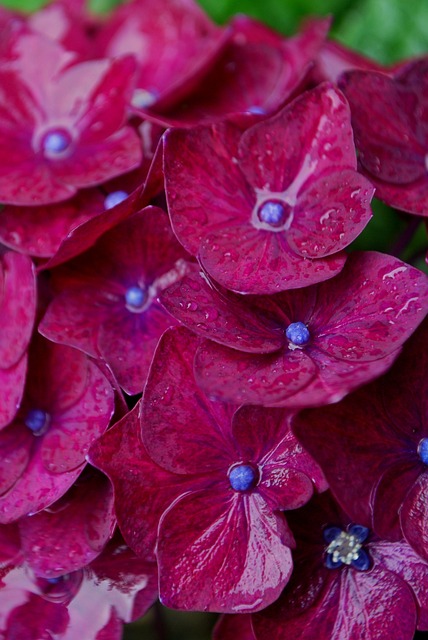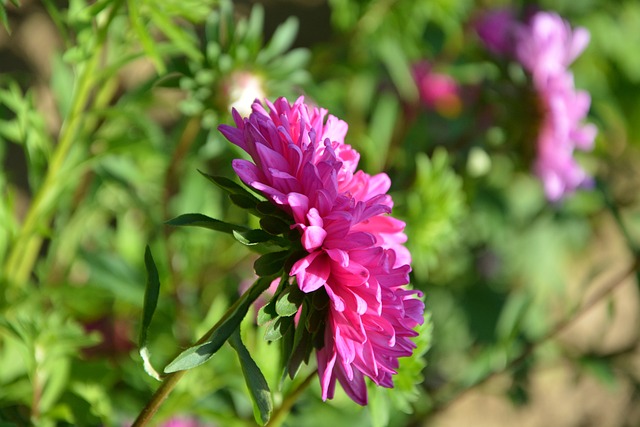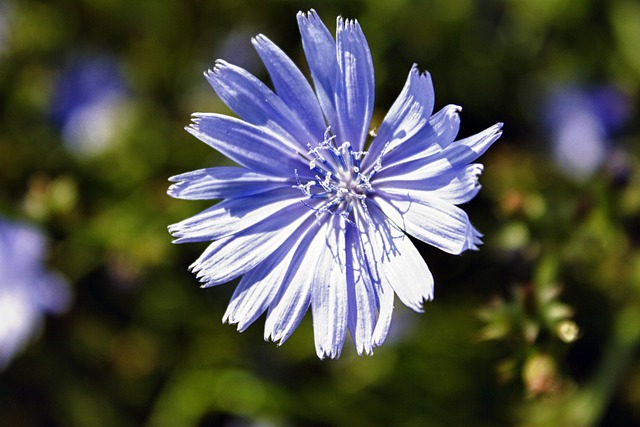como se dice rabas en brasil 😀 Rabas: A Culinary Enigma and Its Brazilian Counterpart

Rabas: A Culinary Enigma and Its Brazilian Counterpart
In the intricate world of gastronomy, few dishes evoke such curiosity as "rabas." While the term is widely recognized in some cultures—particularly in parts of Spain and South America—the question arises: how do we refer to this delicacy in Brazil? Understanding this culinary translation not only sheds light on linguistic diversity but also uncovers the cultural nuances that define Brazilian cuisine.como se dice rabas en brasil

Rabas, typically composed of fried or battered squid, is a beloved appetizer in various culinary traditions. In Brazil, however, the term “rabas” does not resonate in the same manner. Instead, the Brazilian palate leans towards the term "anéis de lula," which directly translates to "rings of squid." This difference is not merely semantic but reflects the unique culinary identity that Brazil has cultivated over centuries. The choice of terminology can be seen as indicative of the broader approach to food in Brazil, where local ingredients and preparation methods take precedence.como se dice rabas en brasil
While the two dishes share a common ingredient—squid—the manner of preparation and presentation can differ significantly. In Brazil, anéis de lula are often served with a zesty dipping sauce, frequently made from a blend of mayonnaise, garlic, and lime, enhancing the dish's flavor profile. The Brazilian approach emphasizes freshness and brightness, mirroring the vibrancy of its culture. The contrasting styles highlight the rich tapestry of influences that have shaped Brazilian cuisine, from indigenous practices to Portuguese colonization and African traditions.como se dice rabas en brasil
Moreover, the enjoyment of anéis de lula in Brazil transcends mere consumption; it is an experience steeped in social interaction. Often found in beachside bars and bustling restaurants, the dish is a staple of informal gatherings where friends and family come together to share not just food, but stories and laughter. This communal aspect of dining is an essential characteristic of Brazilian culture, where meals serve as a backdrop for connection.
The significance of this culinary divergence extends beyond the kitchen. It reflects the broader theme of globalization and cultural exchange in the culinary world. As international cuisines gain prominence, local interpretations emerge, creating a fusion of flavors and traditions. In this context, the Brazilian adaptation of rabas serves as a reminder of the ways in which food can bridge cultural divides while simultaneously asserting national identity.como se dice rabas en brasil
This phenomenon is not exclusive to anéis de lula; it can be observed across a spectrum of dishes. For example, Brazilian feijoada—a hearty stew of beans and various meats—bears similarities to its Portuguese counterpart, yet it has morphed into a dish that embodies Brazilian heritage. Such transformations challenge the notion of authenticity, suggesting that culinary practices are fluid and constantly evolving.
The dialogue surrounding rabas and its Brazilian equivalent also invites reflection on the importance of language in culinary arts. The names we assign to food carry weight; they encapsulate history, tradition, and identity. As culinary enthusiasts, acknowledging these distinctions not only enriches our understanding of global cuisine but also fosters appreciation for the cultural narratives woven into each dish.como se dice rabas en brasil

In conclusion, the exploration of how rabas is articulated in Brazil opens a window into the complexities of culinary translation and cultural identity. The term "anéis de lula" is more than just a linguistic alternative; it embodies a celebration of Brazil's diverse culinary landscape. As one savors these delightful squid rings, it is essential to recognize the stories they tell—of adaptation, community, and the ever-evolving nature of cuisine. In a world increasingly interconnected through food, understanding these nuances will only deepen our appreciation for the culinary arts and the cultures they represent.
Fale conosco. Envie dúvidas, críticas ou sugestões para a nossa equipe através dos contatos abaixo:
Telefone: 0086-10-8805-0795
Email: portuguese@9099.com


